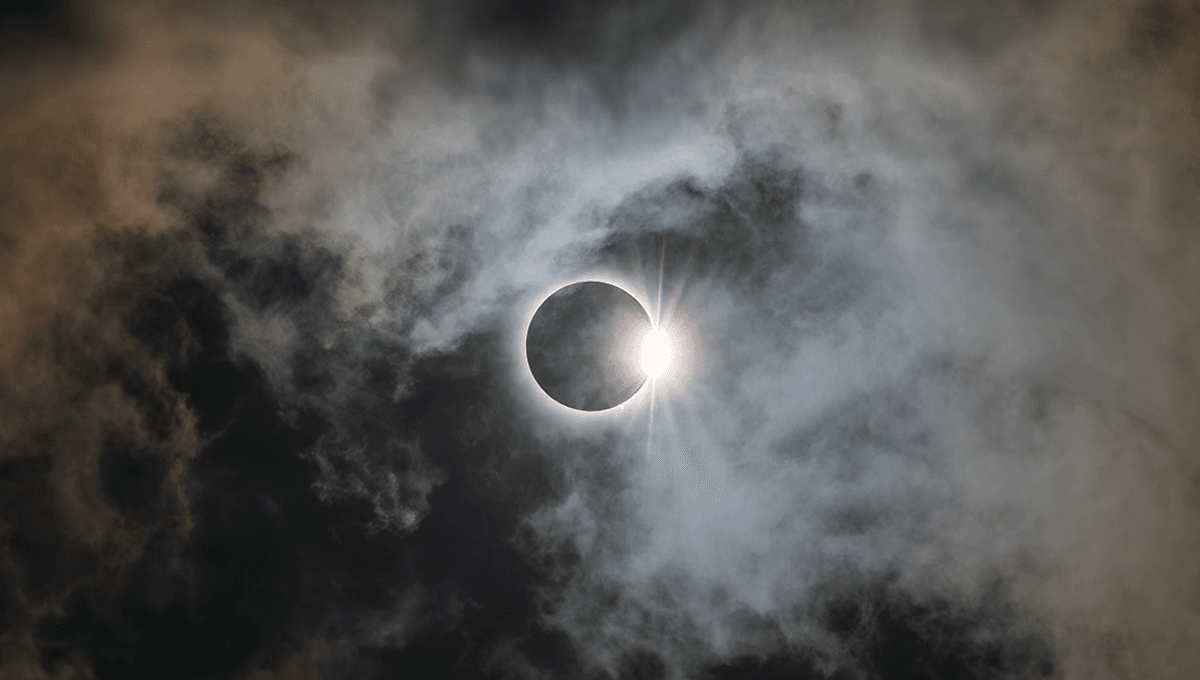
On August 2, 2027, viewers in Europe, North Africa, and parts of the Middle East will view a total eclipse of the Sun, with totality lasting around 6 minutes and 23 seconds.
That’s unusually long for a total solar eclipse. As well as being the longest total eclipse viewed on land since 1991, it will be the longest total eclipse on land until 2114, per Space.com. If you want to witness a longer one without any funny business, you would have to venture into the oceans in the meantime.
There is, of course, a sneaky way of extending any eclipse; chasing the Moon as it casts its shadow on the Earth. On foot or by car, you will not extend this time by much, even if you happen to find a highway free from traffic on the day of a total solar eclipse. During 2024’s North American eclipse, for example, NASA chased the Moon’s shadow in WB-57 jet planes, in order to gather as much data as possible.
“The eclipse basically serves as a controlled experiment,” Bharat Kunduri, leader of a project to study the ionosphere during the eclipse, said in a statement at the time. “It gives us an opportunity to understand how changes in solar radiation can impact the ionosphere, which can in turn impact some of these technologies like radar and GPS that we rely on in our daily lives.”
By chasing the eclipse, scientists onboard the jets witnessed an eclipse lasting over 6 minutes and 22 seconds, one second short of the 2027 eclipse still to come. While impressive, this is nothing compared to the eclipse witnessed in 1973 by scientists on board the supersonic aircraft Concorde. Taking off from Las Palmas in the Canary Islands and landing in Chad, the plane was in totality for over an hour.
“At 74 minutes, our group aboard the Concorde set a record for the amount of time spent in totality that has never been broken,” Donald Liebenberg, who claims to have spent the most time of any human in totality, and was onboard Concorde that day, wrote in a piece for NBC in 2017. “To say the least, it was an experience I will never forget.”
As well as extending the length of totality experienced, the flight extended the “first contact” and “third contact” phases of the eclipse, where the Moon first crosses the face of the Sun, and when the total phase ends. That was no easy feat.
“The astronomical requirement of stable flight throughout both a maximum period of totality and the second and third contacts (natural contacts) imposed a rigid schedule on the Concorde,” a paper on the flight explains. “Had the aircraft been 2 min early on arrival in the eclipse path, the period of totality would have been reduced by 25 min and one natural contact would have been lost.”
Just a handful of scientists and crew were on board that flight, carrying equipment for experiments from five separate groups. These were largely aimed at assessing the corona, the Sun’s hot atmosphere, which becomes far more visible as the bright face of the Sun is covered. This can give us more of an idea of space weather, for example, but there are other bigger mysteries to sort out too, such as why the Sun’s corona is far hotter than the solar surface.
“It is […] worth pointing out how profound a change in eclipse observations has accompanied the advent of supersonic aircraft, which has proved to be a very successful carrier in this particular project,” the paper continues. “There can be no doubt that future plans should favour this method over more conventional approaches.”
Since then and its retirement, Concorde has put on several flights for paying tourists to witness the eclipse, though not nearly by as much. However, with the European Space Agency (ESA)’s Proba-3 mission, we can now create solar eclipses in space on demand.
[H/T: Space.com]
Source Link: In 1973, A Handful Of People Witnessed A Whopping 74-Minute Total Eclipse